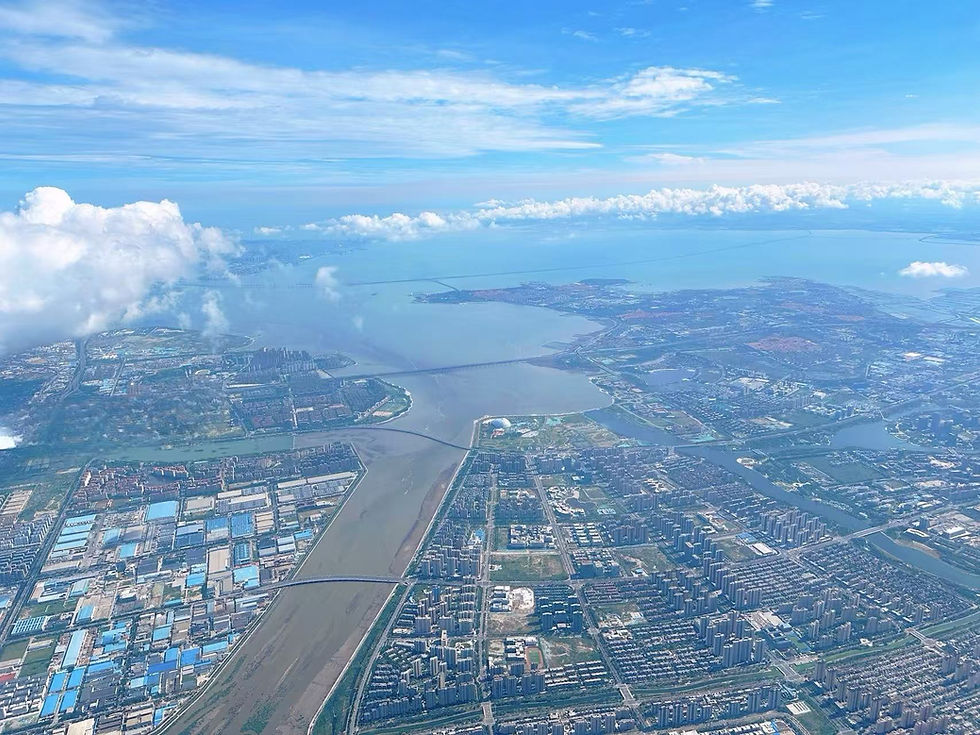New Research Published by GEM Programme Offers Robust Method for Pharmaceutical Quantification
- chonchen6
- Mar 24
- 2 min read
The Global Estuaries Monitoring (GEM) Programme has recently unveiled new research in the Marine Pollution Bulletin journal, titled "Robust Method to Quantify Pharmaceuticals for the United Nations Endorsed Global Estuaries Monitoring (GEM) Programme". This study introduces an innovative approach for simultaneously quantifying 65 pharmaceuticals in small-volume water samples, marking a significant advancement in environmental monitoring.
The research highlights that using just 20 mL of water yields optimal recoveries ranging between 60% and 130%. The method's performance is minimally affected by variables such as pH, salinity, and sample matrix, ensuring reliable results across diverse environmental conditions. Additionally, the study found that 45–50 pharmaceuticals remained stable over a seven-day storage period at both 4°C and 25°C, further validating the method's robustness.
The optimized small-volume sampling method was successfully tested in the Kai Tak River and its estuary, demonstrating its cost-effectiveness, robustness, and suitability for detecting and quantifying pharmaceuticals in estuarine environments. These results confirm that the method is ready for implementation in the first phase of the GEM Programme.
To support the global sampling campaign for the first phase of the GEM Programme, a lightweight, safe-to-transport, and user-friendly sampling kit was developed based on the optimized method. This kit is designed to simplify the sampling process while maintaining high accuracy and efficiency.
In addition to the sampling kit, GEM global collaborators were provided with comprehensive resources to ensure the success of the campaign. These include a step-by-step sampling tutorial video, a detailed sampling protocol, self-fillable and printed sampling labels, a data log for recording pre- and during-sampling information, and an example of a completed sampling data log. All resources are accessible on the GEM website (www.globalestuaries.org).
This cost-effective and user-friendly method represents a significant step forward in the GEM Programme's mission to monitor pharmaceuticals in over 180 estuaries worldwide. By providing a reliable and accessible tool for environmental monitoring, the GEM Programme is poised to make a substantial impact on global efforts to protect and preserve estuarine ecosystems.




